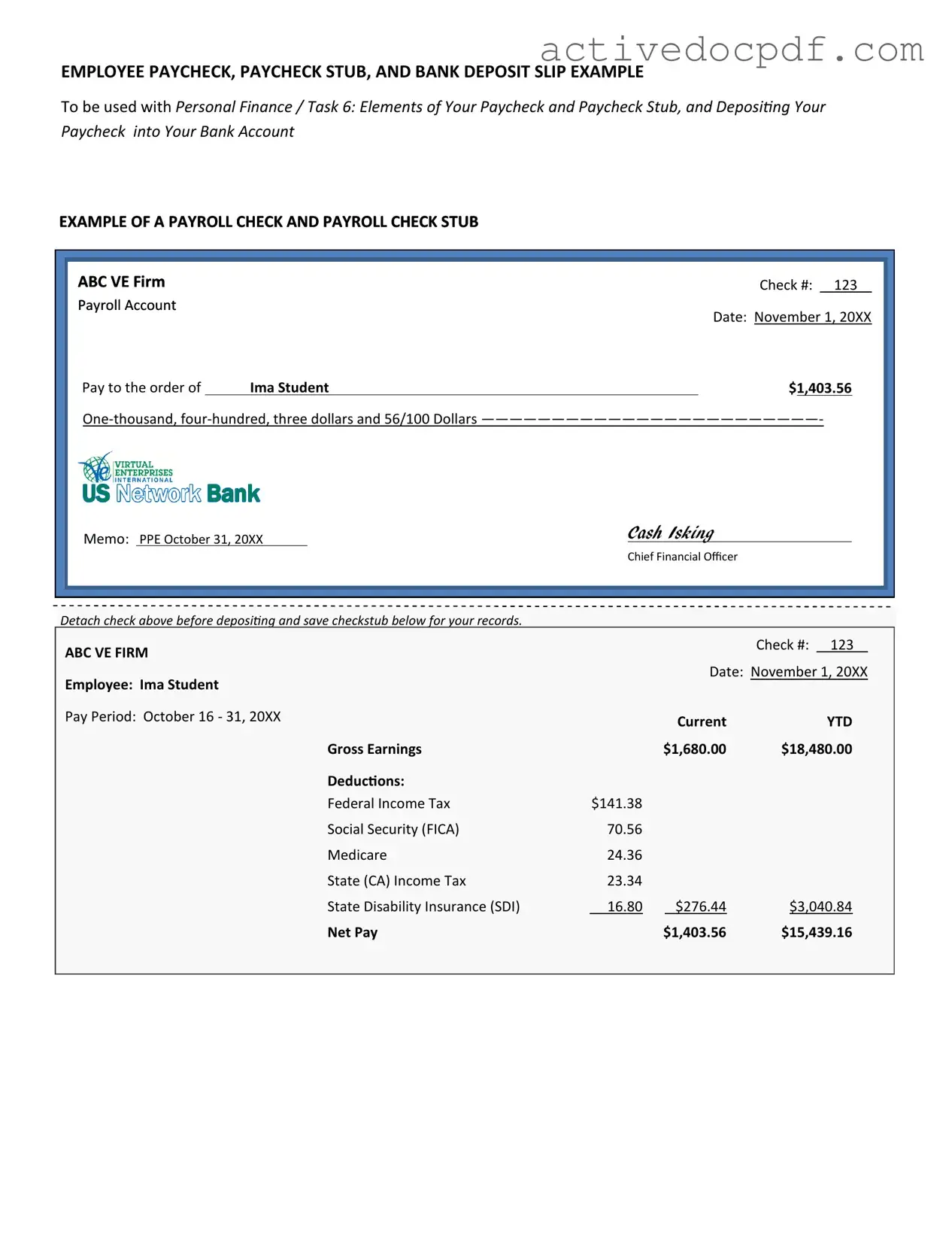Free Payroll Check PDF Form
The Payroll Check form is a document used by employers to issue payments to their employees for work performed. This form outlines essential details such as the employee's name, pay period, and the amount being paid. Understanding how to properly fill out and manage this form is crucial for maintaining accurate payroll records and ensuring timely compensation.
Edit Form Online
